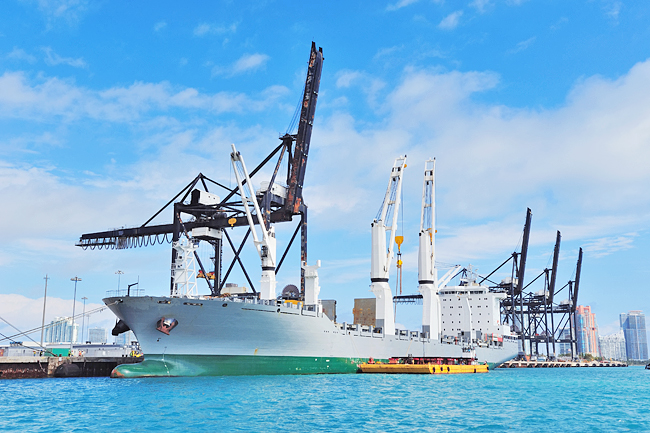ANN/THE STRAITS TIMES – Singapore is set to begin on one of the first commercial projects in the world to use ammonia for bunkering and power generation, after setting its sights on using hydrogen for about 50 per cent of its energy needs by 2050.
Minister for Trade and Industry Gan Kim Yong said yesterday at the Singapore International Energy Week that an international supply chain and the technology for transporting ammonia are well established. The event at Marina Bay Sands will continue until Friday.
“Ammonia also has the potential to be used directly as fuel for power generation and maritime shipping,” Gan added.
The project will involve developing an end-to-end ammonia solution to generate 55 megawatts (MW) to 65MW of electricity from imported low-carbon or zero-carbon ammonia via direct combustion in a gas turbine or combined cycle gas turbine, said the Energy Market Authority (EMA) yesterday. The project will be located on Jurong Island.
Ammonia is formed when hydrogen combines with nitrogen from ambient air. It is an energy-efficient way of transporting large amounts of hydrogen over long distances while taking up little space.

Hydrogen is seen as a clean fuel as it does not produce any planet-warming carbon dioxide when burned.
The project developer, which will be working closely with the government, will also have to facilitate ammonia bunkering at a capacity of at least 100,000 tonnes per annum, starting with shore-to-ship bunkering, followed by ship-to-ship bunkering.
Since EMA and the Maritime and Port Authority of Singapore launched an invitation for expressions of interest for the project in December 2022, 26 proposals have been received from local and foreign companies, said Gan.
Six consortia have been shortlisted to participate in the next step – a request for proposal to be launched by end-2023 to help the government choose a lead developer for the project.
While the government is experimenting with advanced hydrogen technologies that are almost commercially ready through such projects, it is also exploring other low-carbon energy sources such as nuclear energy, said Gan.
Though no decision has yet been made on deploying nuclear power here, the government still needs to build capabilities to understand advanced nuclear energy technologies that are becoming safer and have the potential to be cost-competitive, he added.
This will allow the authorities to study the options seriously when newer technologies later prove to be viable, said Gan, who noted that there is a growing interest in nuclear energy among countries in the region.
“We have been engaging international organisations such as the International Atomic Energy Agency (IAEA) to learn from the world’s best, and we are working with our neighbours through Asean platforms to facilitate information-sharing and collectively build up the region’s capabilities,” said the minister.
For instance, Singapore is building up expertise to better understand advanced nuclear technologies, such as small modular reactors (SMRs), and their suitability.
These reactors harness nuclear fission to generate heat and produce energy, and have a power capacity of up to 300MW per unit, about one-third the generation capacity of traditional nuclear power reactors, according to the IAEA.






